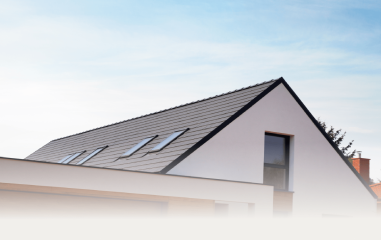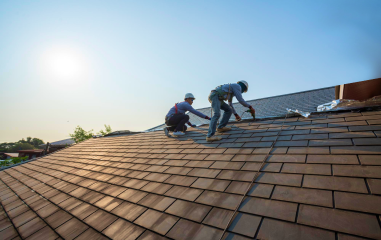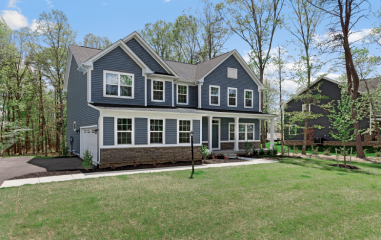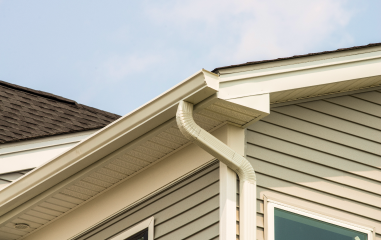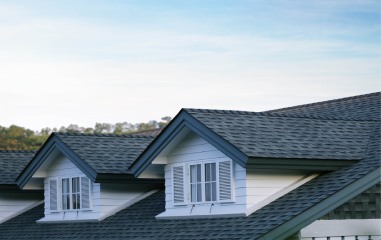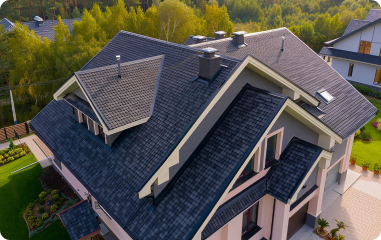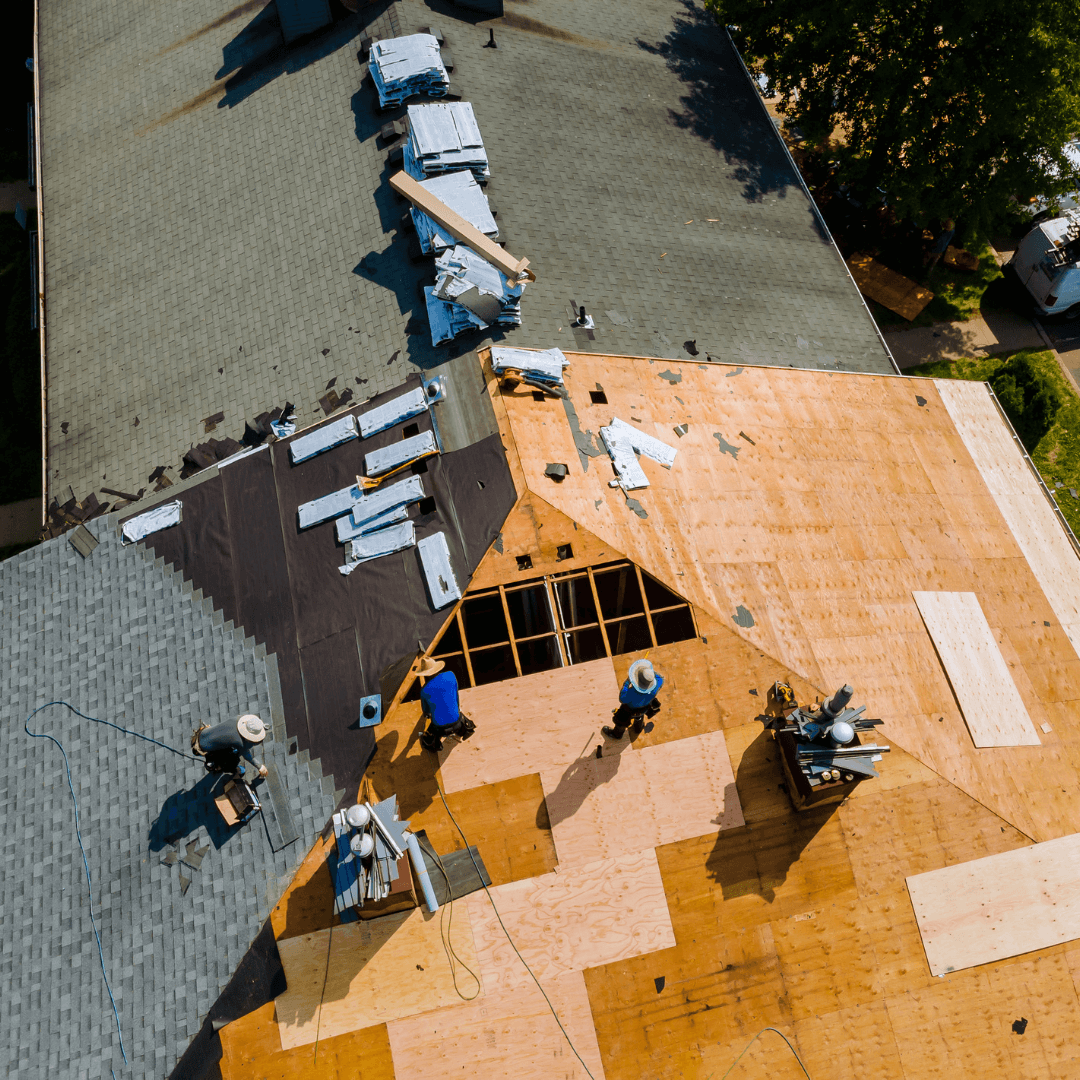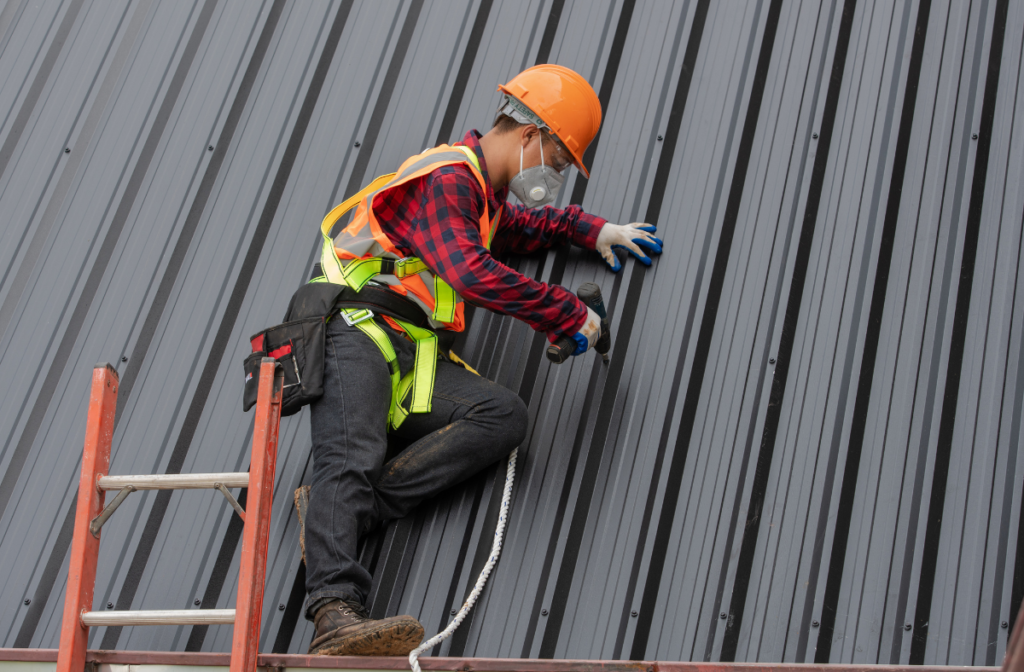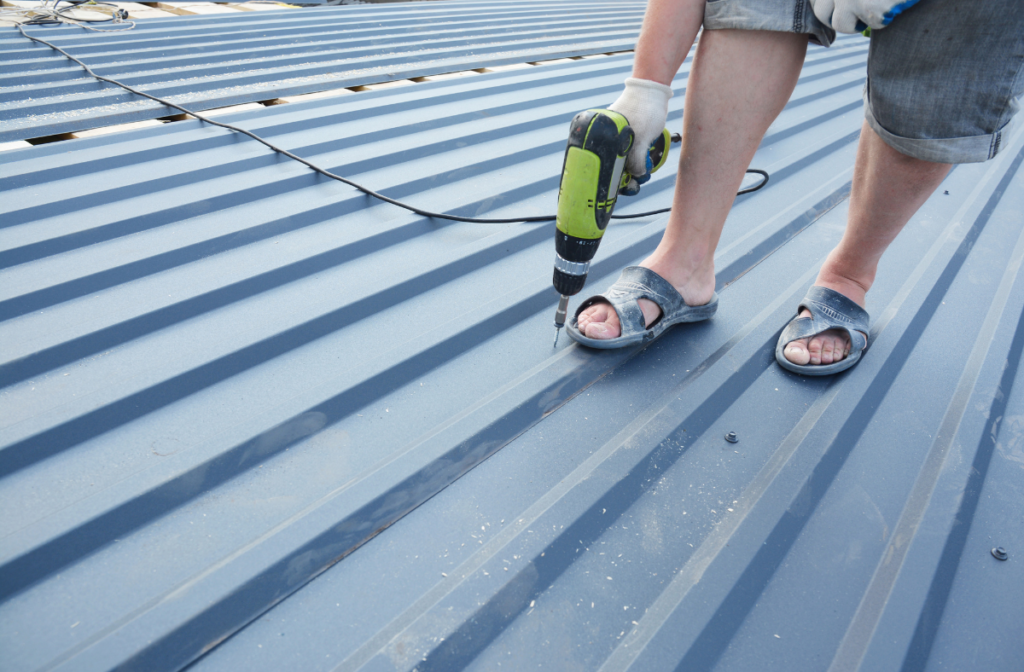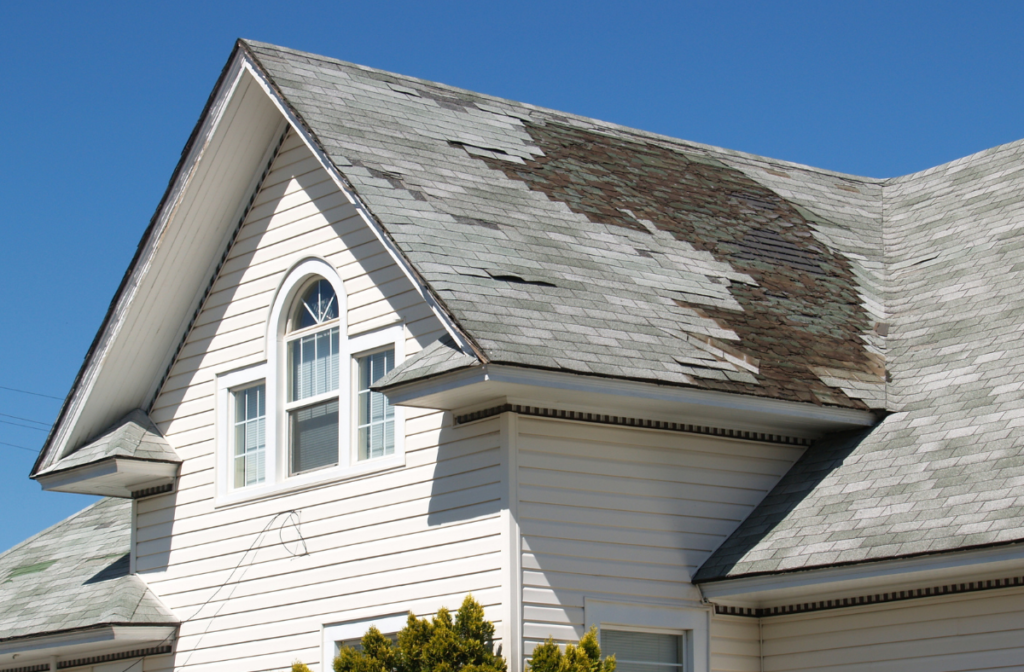Your roof is one of the most critical components of your home, serving as a shield against the elements and contributing significantly to your home’s overall safety and energy efficiency. However, like all things, roofs have a finite lifespan. Knowing how long your roof should last and recognizing when it’s time for a roof replacement can help you avoid costly damage and ensure your home remains protected. In this blog post, we’ll delve into the various types of roofing materials, their expected lifespans, and key indicators that signal when it’s time for a roof replacement.
Types of Roofing Materials and Their Lifespans
Understanding the lifespan of different roofing materials can help you better anticipate when roof replacement may be necessary. A seasoned, experienced roofing company like M&M Roofing, Siding & Windows will be able to help you decide what type and material is best for your new roof. Here’s a breakdown of common roofing materials and their typical lifespans.
1. Asphalt Shingles: Asphalt shingles are the most common roofing material due to their affordability and ease of installation. They generally last between 15 to 30 years. The lifespan of asphalt shingles can vary based on factors like the quality of the shingles, installation practices, and climate conditions. In regions with extreme weather, asphalt shingles might deteriorate more quickly.
2. Metal Roofing: Metal roofs are known for their durability and can last between 40 to 70 years. Made from materials like aluminum, steel, or copper, metal roofs are highly resistant to harsh weather conditions, including heavy rain, hail, and high winds. They are also energy-efficient and low-maintenance, although their initial cost is higher compared to asphalt shingles.
3. Wood Shingles and Shakes: Wood roofing, typically made from cedar or redwood, can last anywhere from 20 to 40 years. While wood shingles offer a natural aesthetic and excellent insulation properties, they require regular maintenance and are prone to issues like rot and insect damage. Proper maintenance can help extend their lifespan.
4. Slate Roofing: Slate is one of the most durable roofing materials available, with a lifespan of 75 to 100 years or more. Its longevity, however, comes with a higher cost and requires professional installation due to the material’s weight. Slate roofs are highly resistant to fire and weather damage.
5. Tile Roofing: Tile roofs, whether made of clay or concrete, typically last between 50 to 100 years. Tiles are extremely durable and resistant to harsh weather conditions, but they can be brittle and may require occasional repairs. Proper installation and maintenance are key to maximizing the lifespan of tile roofs.
Key Indicators for Roof Replacement
Even if your roof is not at the end of its expected lifespan, various signs can indicate that it’s time for a roof replacement. M&M Roofing offers a free, no-hassle roofing inspection, where our expert contractors will thoroughly inspect all aspects of your roof to determine if replacement is necessary. Here are some key indicators to watch for:
1. Missing or Damaged Shingles: If you notice missing, cracked, or curled shingles on your roof, it’s a clear sign that your roof may be nearing the end of its life. Damaged shingles can compromise the integrity of your roof and lead to leaks and other issues.
2. Granules in the Gutter: Asphalt shingles shed granules over time, and finding these granules in your gutters is a sign that your shingles are deteriorating. Granules protect shingles from UV rays, so their loss can accelerate wear and tear, signaling that it’s time for a roof replacement.
3. Leaks and Water Stains: Leaks are one of the most obvious signs that your roof is failing and that roof replacement is imminent. Water stains on your ceilings or walls indicate that water is penetrating your roof, which can lead to significant damage if not addressed promptly. Since the Gulf Coast is notorious for hurricanes and other severe weather, scheduling a free inspection by M&M Roofing after a storm has passed through is a smart plan to get ahead of any potential damage that might lead to a roof replacement.
4. Sagging Roof Deck: A sagging roof deck indicates that your roof structure may be compromised. This can be caused by excess weight, structural issues, or significant water damage. A sagging roof poses a serious safety risk and should be evaluated by a professional from M&M Roofing immediately.
5. Algae or Moss Growth: Algae or moss growth on your roof can be more than just an aesthetic issue; it can lead to damage over time. Moss retains moisture, which can cause shingles to deteriorate faster and lead to leaks.
6. Increased Energy Bills: If you notice a significant increase in your energy bills, it could be due to a deteriorating roof. A failing roof can compromise your home’s insulation, making it harder to regulate indoor temperatures and leading to higher energy consumption.

The Roof Replacement Process
Replacing a worn or aged roof is a significant undertaking that requires careful planning, preparation, and installation, not to mention the weighty investment (don’t worry—M&M Roofing offers stress-free financing to help ease the financial outlay!). A new roof installation typically shares the same basic steps regardless of type and material.
1. Hire a Reputable Contractor: Research and hire an insured roofing contractor with a strong reputation for roof replacements in your area, like M&M Roofing (we have over 800 5-star reviews on Google). Read reviews, ask for references, and verify their credentials to ensure you’re working with a reliable professional.
2. Choose the Right Material: Based on your budget, climate, and aesthetic preferences, choose a roofing material that best suits your needs. Your roof replacement contractor can provide recommendations based on their expertise and your specific situation.
3. Get a Detailed Estimate: Obtain a written roof replacement estimate from your contractor that outlines the scope of work, materials to be used, and the total cost. This helps avoid unexpected expenses and ensures transparency throughout the project.
4. Prepare Your Home: Clear the area around your home to provide easy access for the roofing crew. Remove any valuable items from your attic or nearby spaces to protect them from debris.
5. Inspect the Completed Work: After the replacement is completed, thoroughly inspect the work to ensure it meets your expectations. Address any concerns with your contractor promptly to ensure any issues are resolved. Having a roof replacement is a massive undertaking and should meet the highest standards—you don’t want to end up with shoddy workmanship leading to more problems down the road.
At the end of each project, M&M Roofing’s owner, Doug Moncure, will personally call you to ensure your satisfaction with our team’s work.
When it’s time to replace your roof, it’s essential to follow a systematic process to ensure the job is done right. When you hire M&M Roofing as your roof replacement contractor, you can rest assured that the work will be done with the utmost care and professionalism.
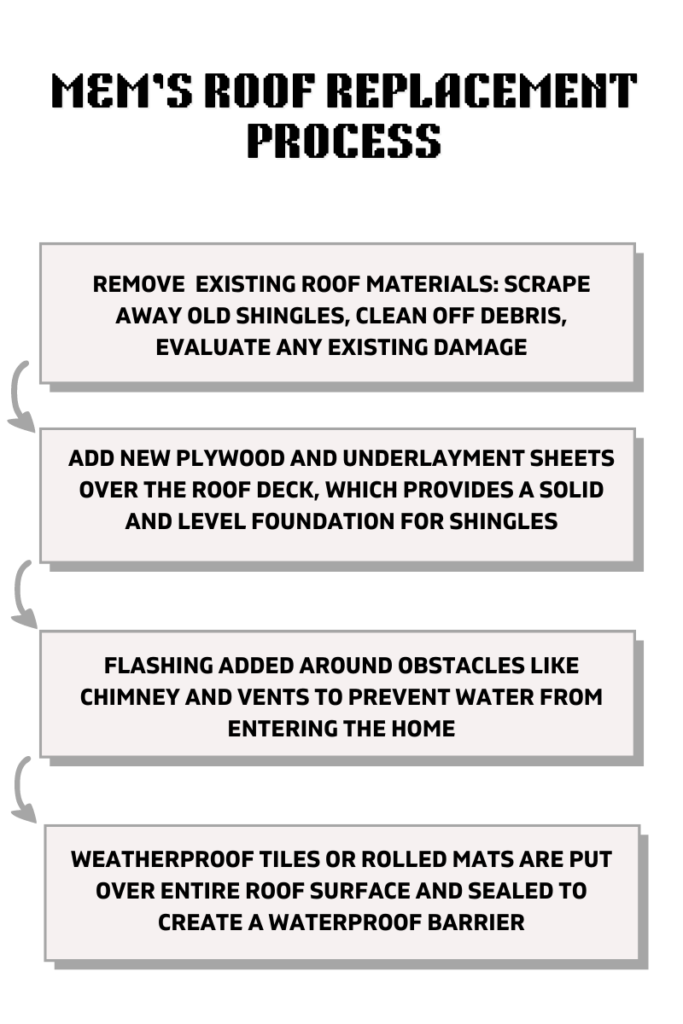
Understanding the lifespan of your roof and recognizing the signs that it needs replacement can save you from costly repairs and potential damage to your home. By staying informed about your roofing material’s expected life and monitoring your roof for key indicators of deterioration, you can take timely action to maintain the safety and integrity of your home. If you suspect your roof may need replacing, consult with a professional like M&M Roofing, Siding & Windows to assess the situation and guide you through the replacement process.

